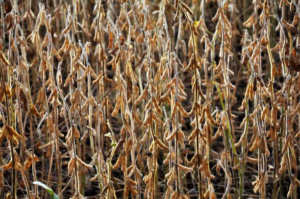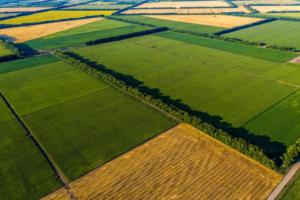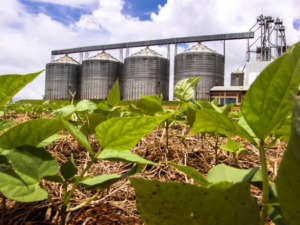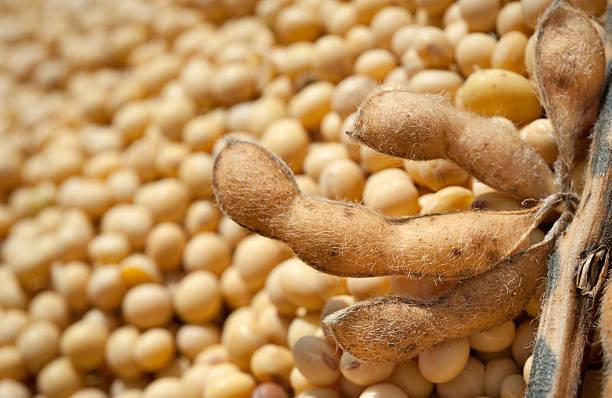The Role of Soy in Building A Sustainable Food System for Future Generations
It is estimated that by 2050, the world shall have about 9.8 billion people. With such a big population, there are concerns about how to sustainably produce enough food for this population and meet healthy diet habits and practices. Currently, the world is also increasingly concerned about the impact of food production on the ecosystem. The other concern is the range of foods that can meet these global sustainability standards and balanced diet needs.
One of the foods currently focused on by significant organizations, such as non-governmental organizations, is soy. Global soy consumption is rising annually due to the knowledge about the benefits and the variety of products available. Global consumption is also rising due to the increased production in various countries.
Soy as sustainable food for the future
Soy is fronted by many organizations to help meet global and sustainable food needs. It is also estimated to address various concerns currently experienced due to food production practices and standards. Sustainable farming can adversely impact the global climate and meet a higher percentage of sustainable protein needs in the future. These sustainable practices involve activities such as innovation, use of renewable energy, resource conservation, etc., to boost the global impacts of soy. Here are a few points to consider:
-
The Impact On Climate
Animal protein is considered one of the significant sources of greenhouse gases currently harming the environment. Large-scale practices such as ranching also have a considerable impact on the environment. Other controlled practices, such as chicken and pig farming, can harm the environment due to poor waste disposal.
A sustainable food source should not harm the environment but positively contribute. First, sustainable soy farming reduces global CO2 levels. Secondly, it increases soil fertility through nitrogen fixing, and the bi-products can be used for other needs such as animal feeds or farm decomposed manure. Due to its multipurpose uses, it is one of the best foods for meeting the rising demand.
2. Small Scale Growing

In countries where soy cannot be grown on a large scale due to agricultural underdevelopment or land, households can still access the best source of sustainable proteins. Soy is one of the ideal legumes that can be grown through practices such as mixed farming. Meaning it can be grown amongst other crops.
Such practices ensure families have access to ideal and needed proteins and the land is optimally used to generate household food needs. Secondly, mixed farming also reduces the stress large-scale farming of single crops has on the global climate.
Therefore, soy farming should be one of the practices fronted by bodies such as the UN to help curb the food crisis in continents such as Africa. Growing soy is also easier since it can grow in different climatic conditions. It needs limited rainfall and can survive with little water until harvesting. Since it has more protein concentration, it can reduce overreliance on other legumes, which must be grown on a large scale to meet domestic protein needs.
3. Animal Protein Replacement

Currently, the primary source of protein for the global population is animal protein which is being overwhelmed by the fast-growing population. The main animal protein sources are fish, chicken, pork, beef and other types of protein.
Animal protein can hardly meet global protein needs; hence certain malpractices, such as using chemicals to boost production levels. Such practices hurt people’s health and are still inefficient in meeting global protein needs. Due to such concerns, the world needs an ideal replacement for animal protein.
Due to such concerns, there is a need for plant protein grown sustainably, abundantly. Soy meets all these criteria, plus it has a high protein concentration with levels estimated to be nearly equal to that of animal protein. As soy production increases, the world will likely have enough plant protein to meet all the demands.
4. Soy Diversity

One of the factors affecting global and sustainable food distribution is the lack of proper food preservation mechanisms and habits. Therefore, the best strategy is to have foods that can last within different climates without going bad.
Different soy products such as tofu, sauce, beans, and other finished products such as milk and yogurt can be purchased from various outlets. Most finished products require storage within certain temperatures to avoid going bad; however, soybeans can survive all environments.
Most animal proteins, such as fish and meat, require specific forms of ancient preservation, such as salting, drying, and smoking, which is intensive and time-consuming. Still, these modes of preservation are not guaranteed to last the foods longer. Soy does not need any exceptional conservation; it is even better preserved in some of the harshest climates as long as one follows the storage guidelines.
Since the bi-products are also useful, soy has multiple impacts on the global food chains and agriculture. Farmers growing soy for needs such as animal-based milk can use the bi-products to manufacture other foods such as tofu or sell it to farmers as animal feeds. Secondly, these products can also be suitable for farm manure.
5. Multi-Nutritional Food
One of the reasons why global agricultural practices are becoming unsustainable is growing different foods for different nutrients. This has led to the rise of large-scale farms, each producing additional nutrition. Such practices will likely expand as the world needs certain nutrients more than others.
Instead of growing different foods for different nutrients, farmers can grow one crop serving multiple nutritional needs and benefits. Soy has various dietary benefits and contributions that make it for different people dealing with different conditions.
It has high protein levels, replacing all protein products, including protein additives such as shakes and bars. It has different minerals such as calcium, iron, and magnesium for bodily needs. It is also rich in other organic nutrients, flavones, and Omega-3, which can help the body in various ways.
6. Sustainable Diets
Healthy and sustainable diets are gaining popularity and attention as everyone focuses on getting the right foods to address healthy eating standards. The habits include eating standard includes having foods with limited cholesterol to avoid illnesses such as obesity and hypertension. The other health concern is eating foods with limited chemicals and preservatives used.
In most farms, farms grow soy organically; hence the chemical levels in the food are too low to harm the body. Secondly, soy has low cholesterol levels and can help people with weight management address their concerns effectively. Besides the low cholesterol levels, it has a range of beneficial nutrients to address sustainable and healthy eating habits and needs.
Bottom Line
Sustainable soy production has multiple impacts and can promote sustainable diets and meet the global demand for significant nutrients such as proteins. It is rich in various nutrients making it an ideal crop for all nutritional needs. It can also be grown through small, mixed, and large-scale farming to reduce the overreliance on animal protein that is currently insufficient and harm the climate.




